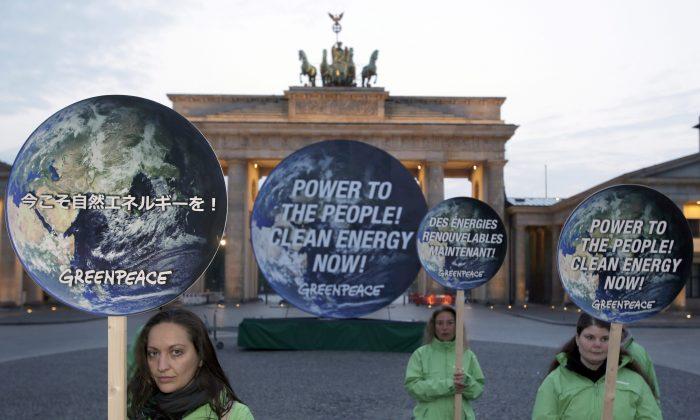A new study of temperature data from 1500 to 2004 appears to have cemented the impact of the industrial era on earth’s climate using historic rather than computer models.
The study was the result of a challenge by a group of global warming skeptics based in Montreal. They challenged Shaun Lovejoy, a physicist at McGill University, to demonstrate the impact of climate change without the use of complex computerized methods.
“Our approach makes no use of numerical models or experts. Instead it attempts to directly evaluate the probability that the warming is simply a giant century-long natural fluctuation,” says the study.
Lovejoy employed a statistical approach and a “multi-proxy climate reconstruction” technique using data from tree rings, ice cores, and lake sediment, along with surface data from NASA and the National Oceanic and Atmospheric Administration.
“It is quite interesting that a very simple approach gives you something that seemed to require enormous models,” he said in an interview. “It is important that the most simple and direct approach gives you roughly the answer.”
The findings show that since 1880, temperatures have risen by between 0.76 and 0.98 degrees C, coinciding with the industrial age. Unlike past analyses, the study rules out the impact of cooling periods. The results are similar to those of the recent International Panel on Climate Change report which estimated the rise in temperature to be between 0.65 and 1.05 degrees.
Lovejoy says his conclusions have a nearly 99 percent probability of accuracy. The study includes several graphs that demonstrate the changes over the centuries.
“We have over a century of warming and the temperature has increased so much and the data now is so good we can estimate it,” he said.
“This is basic science you don’t need a computer for. It is something visually people can look at and convince themselves; as long you can look at a graph it is pretty convincing.”
Lovejoy says his techniques are similar to older methods for measuring the environment that date as far back as the 19th century. For example, he used fossil fuel-generated carbon dioxide to demonstrate the impact on the environment from the 1880s.
“My argument is pretty simple: everything that humans have done over the past century is connected by economic activity,” he said.
“You double economic activity then you double the use of energy, you double fossil fuels, you double CO2, you double particles in the air, you double forest destruction. It may be overly simplistic, but it is true.”
Lovejoy’s study was published earlier this month in the journal Climate Dynamics.
Kaven Baker-Voakes is a freelance reporter based in Ottawa.
Industrial-Era Climate Change Not Due to Natural Causes, Study Finds
A Canadian study analyzing temperature data since 1500 all but rules out the possibility that global warming in the industrial era is just a natural fluctuation in the earth’s climate.

4/16/2014
Updated: 4/16/2014



